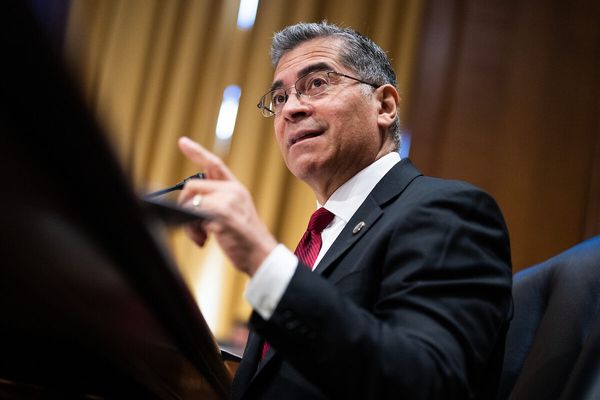
Sandwiched between the Imperial Palace and Tokyo Station, the Marunouchi business district has long been home to the headquarters of many major corporations, but until the 21st century, the area was a ghost town on weekends.
Today, redevelopment of the entire district has turned the area into a lively weekend destination featuring brand-name shops, talked-about restaurants and cultural facilities.
What initiated the change was the opening on Sept. 6, 2002, of the renewed Maru Biru, or the Marunouchi Building.

"The discussion started with the question of whether Marunouchi would remain a place where people just work," said Seijin Chino, executive officer of Mitsubishi Estate Co., which develops the district. "We struggled to find ways to encourage people to visit multiple places in the area."
The lower floors of Maru Biru were made to retain the look of the old Marunouchi Building that was constructed in 1923. More than a tenth of the total floor area of the 37-story high-rise is used as commercial zones for over 100 stores and an event space in the ground-floor atrium was also created. Upon its 20th anniversary, several stores in Maru Biru will be replaced in stages through the coming spring.
Kiyomi Mikuni, renowned 68-year-old chef of French cuisine, opened a restaurant in the district shortly before Maru Biru opened.

"Before, on holidays, there were no people, not even a mouse," Mikuni said. "I knew the area had potential, but I didn't realize how much it could change."
In recent years when Japan was welcoming record numbers of tourists from overseas, many people wishing to avoid the crowds in the Ginza district nearby flowed to Marunouchi Naka-dori Street. Made pedestrian-only in certain sections during specified times of day since 2015, the street runs along the Imperial Palace side of Maru Biru through the entire Marunouchi district. The street has recently been used to exhibit contemporary art and draws people to the seating set up in the road and the benches along it.
Through the 1990s, many buildings in the area housed bank branches on the ground floor. As banks close at 3 p.m., pedestrians walking by after that time would only encounter shutter after shutter. The buildings in the area were also getting old, and some companies were notably moving their headquarters out of the district.
Maru Biru thus became a symbol of Marunouchi's development and renewal.
After Maru Biru, Mitsubishi Estate turned its attention to developing the site of the former Japan National Railways headquarters into Marunouchi Oazo. Then, next door to Maru Biru, a similar high-rise was built called Shin-Maru Biru, or the Shin-Marunouchi Building. Later, an art museum was built inside the new Mitsubishi Ichigokan building.
In the wider area directly north of Tokyo Station is the next centerpiece of the capital's skyline: Torch Tower, which is expected to be completed in 2027 as the tallest skyscraper in the nation at about 390 meters. Events are planned to be held in the plaza where the tower will rise to showcase the attractiveness of local regions.
Read more from The Japan News at https://japannews.yomiuri.co.jp/







